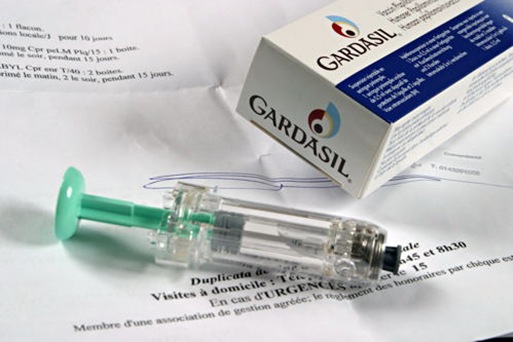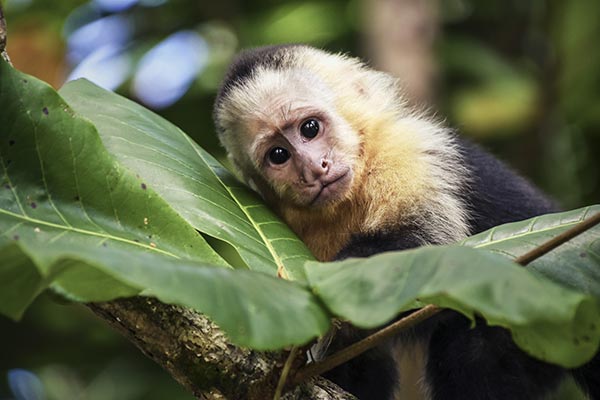
This was recently illustrated once more when Freedom of Information Act (FOIA) requests brought documents to light that show how much control Monsanto has over the Environmental Protection Agency (EPA) – the very agency tasked with regulating Big Agri.
In March of 2015, the World Health Organization’s International Agency for Research on Cancer (IARC) released a report that would finally prove what anecdotal evidence has been telling us for decades: Glyphosate – the main ingredient in Monsanto’s Roundup weed killer – is “probably carcinogenic to humans.”
The report added:
For the herbicide glyphosate, there was limited evidence of carcinogenicity in humans for non-Hodgkin lymphoma. The evidence in humans is from studies of exposures, mostly agricultural, in the USA, Canada, and Sweden published since 2001. In addition, there is convincing evidence that glyphosate also can cause cancer in laboratory animals.
This report led to a slew of lawsuits being brought against Monsanto by people who believe that they or their loved ones developed non-Hodgkin lymphoma as a direct result of glyphosate exposure. Lawsuits are currently either in progress or pending in Missouri, California and Delaware.
Of course, Monsanto was always aware that any real, unbiased and unmanipulated scientific study would discover their dirty little secret, and it has fostered relationships with all the right people to ensure that no such study would ever see the light of day. (Related: Seralini study on GMOs republished after unprecedented scientific censorship.)
Unfortunately for them, they didn’t have sufficient reach to block the IARC report, but they had already successfully blocked two other reports with equal potential for damage.
In February of 2015, shortly before the IARC released its report, the Agency for Toxic Substances and Disease Registry (ATSDR) announced that it, too, would be looking into the toxicity of glyphosate. The report was due to be released in October of that same year. This was a logical thing for the agency to do, since it is tasked with evaluating the potentially toxic effects to humans of exposure to hazardous substances.
Somehow, however, that report was never compiled or released, and the FOIA documents requested for the glyphosate trials have finally explained why.
Baum, Hedland, Aristei and Goldman, attorneys representing some of the plaintiffs in these cases, explain:
Lawyers and the news media have already reported on Jess Rowland, formerly the deputy division director within the health effects division of EPA’s Office of Pesticide Programs (OPP), who bragged to Monsanto that he “should get a medal” if could kill the ATSDR glyphosate review.
But according to the trove of newly obtained internal emails, assistance to Monsanto in stopping the ATSDR glyphosate review came not only from Rowland, but also from several other high-ranking EPA officials. Instead of allowing the ATSDR to perform its function as a hazardous materials watchdog agency, Monsanto and EPA both told ATSDR that a review of glyphosate was “duplicative” and unnecessary.
Between May 19 and October 23 2015, multiple emails were exchanged between executives at Monsanto; the office of chemical safety and pollution at the EPA; the ATSDR; and the National Center for Environmental Health (NCEH), which oversees ATSDR, stressing that an investigation by the ATSDR into glyphosate would be a “duplicative government effort,” since the EPA was completing its own risk assessment for glyphosate. Such an investigation, the EPA insisted, would not “be a good use of government resources.”
The result? The ATSDR’s review was placed on hold, and two years later, the EPA still hasn’t released its own report on glyphosate. (Related: Learn more at Corruption.news)
Monsanto had the situation firmly under control.
Sources include:
Please contact us for more information.























